choosing the right sensor

How Can I Tell If a Load Cell Is a Quality One?
Not all load cells are created equal. What sets the most accurate, reliable and long-lasting apart? This article answers this question to help you find the best quality load cell.
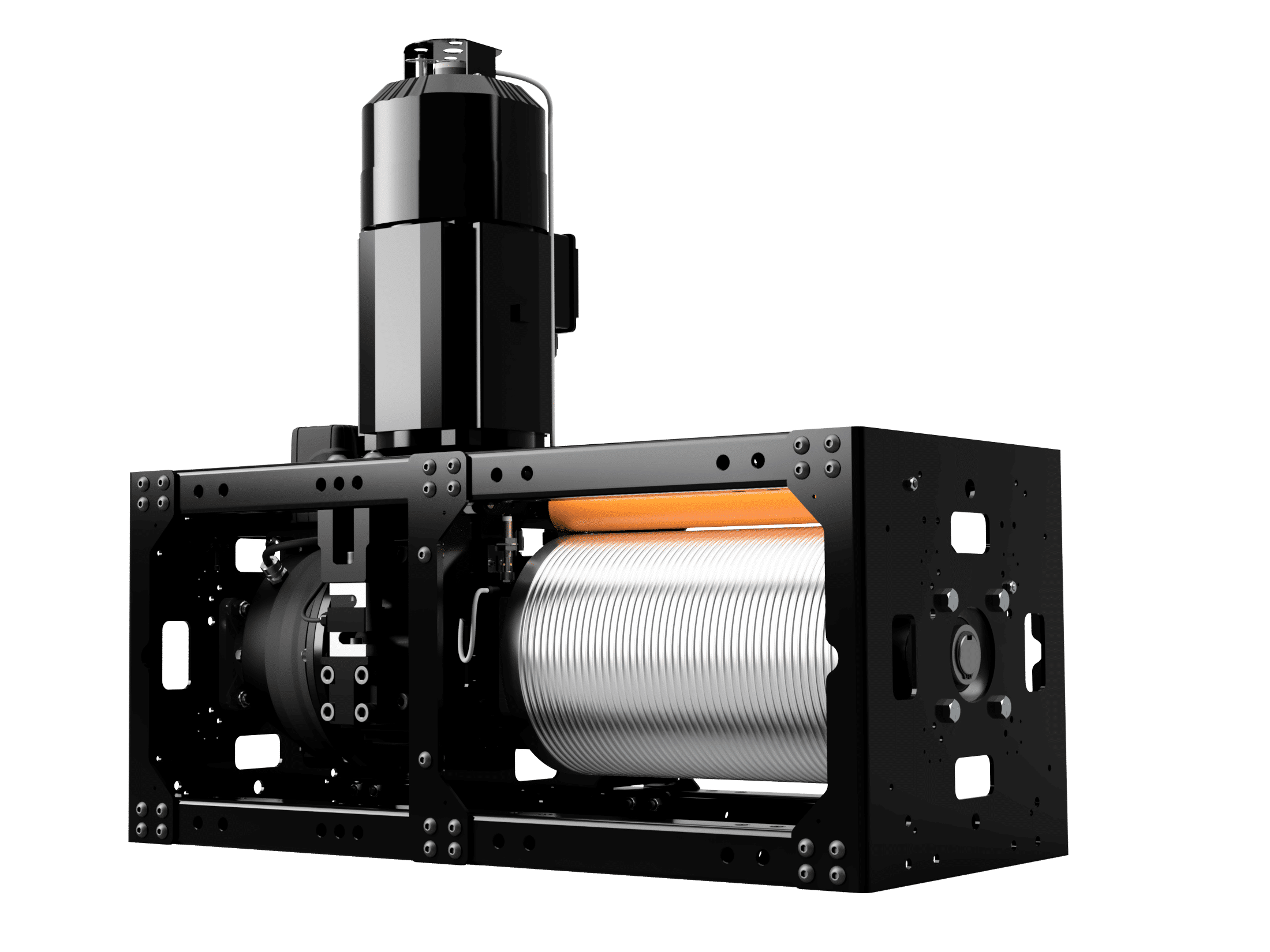
When the Show Must Go On, Load Cells Help it Go Safely
Find out how Creative Conners, a leader in theatrical special effects, deploys our load cells to ensure safer set automation.
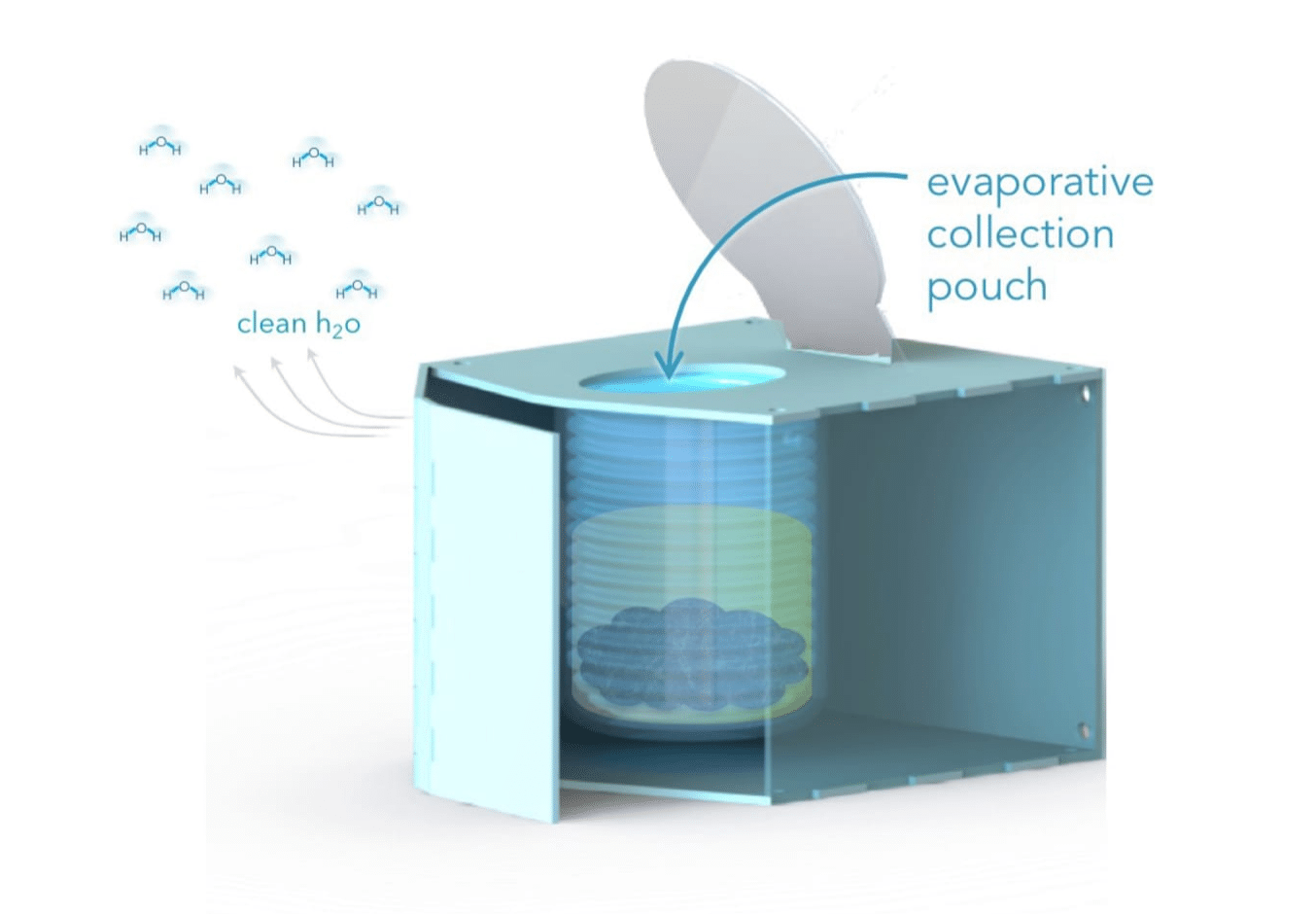
Giving a Crap: How a Simple Toilet and Load Cells are Tackling Global Ills
Learn about this award-winning concept waterless toilet system (and how we helped with vital testing) that will bring sanitation equity to the developing world.

Measurement System Compliance Certificates and Approvals Explained
A quality load cell is marked with "badges" or logos that tell buyers it meets quality standards set by one of several governing bodies. This quick read explains common ones.
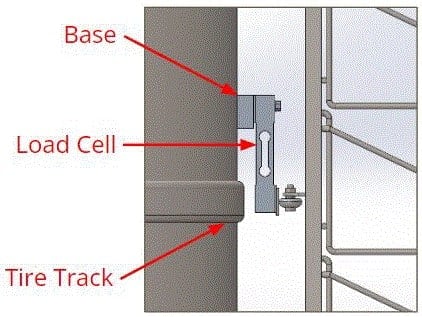
Bearing the Load of Social Responsibility
University of the Pacific seniors hope to increase awareness of food waste's environmental impact with the help of our load measurement products!
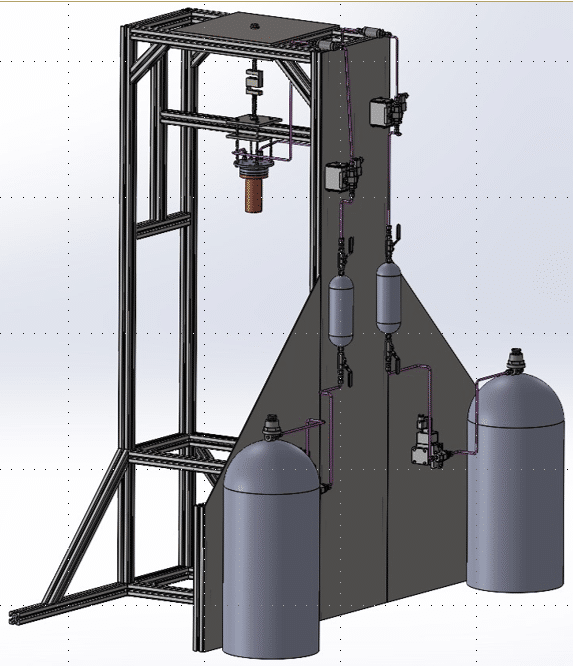
Cal Poly Rocketry Test Stand Gets off the Ground with Tacuna Systems
In 2023, the Cal Poly Space Systems club tested their 1st bi-propellant rocket engine. See how they developed their rocketry test stand.

What Does the IP Rating of a Load Cell Mean?
All load cells come with a marking such as "IP57". What does this marking tell you? This article gives a brief but detailed explanation of the Ingress Protection rating on all load cells.
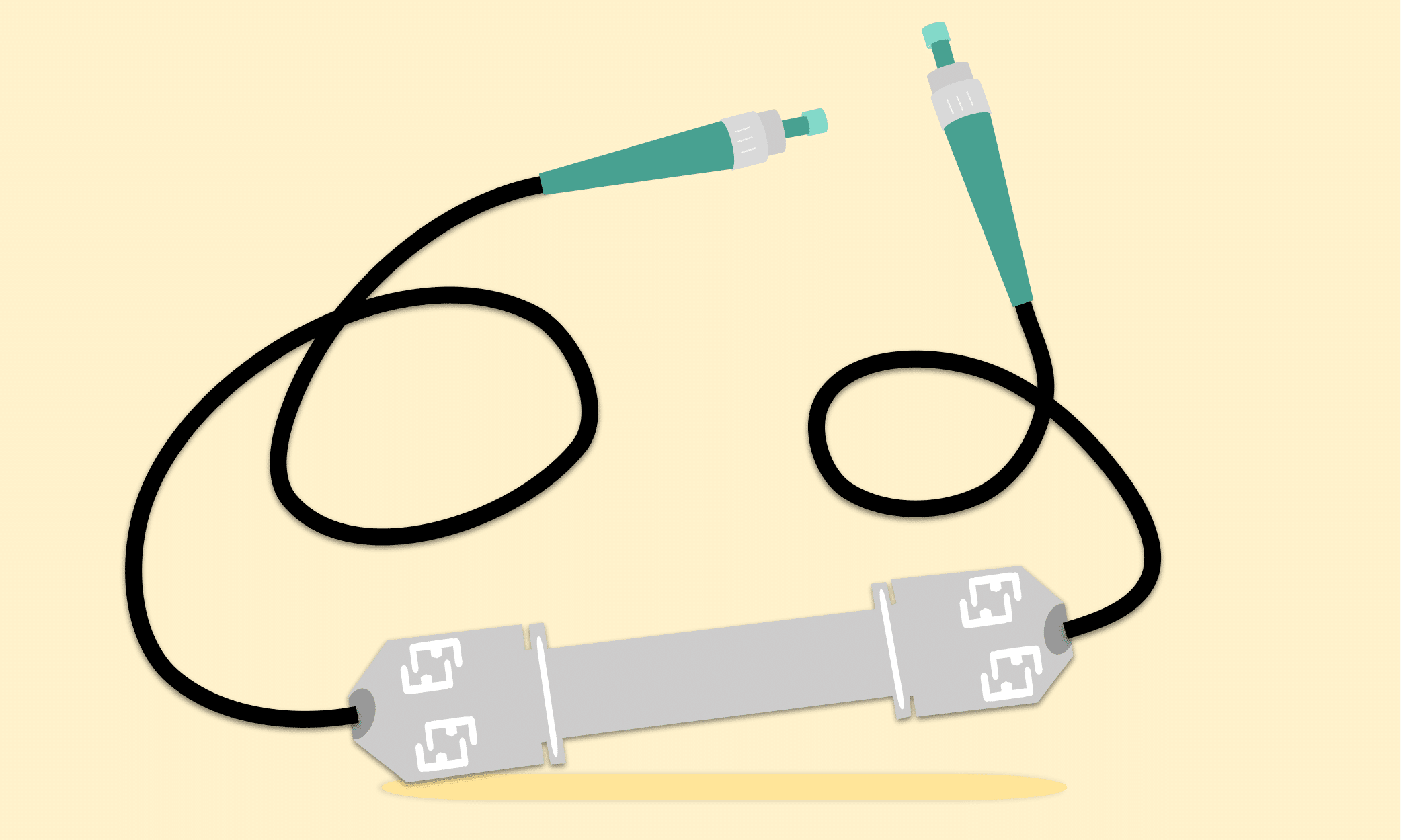
How Does an Optical Strain Gauge Work?
Understand the working principle of optical strain gauge technology and explore its advantages and disadvantages in load applications
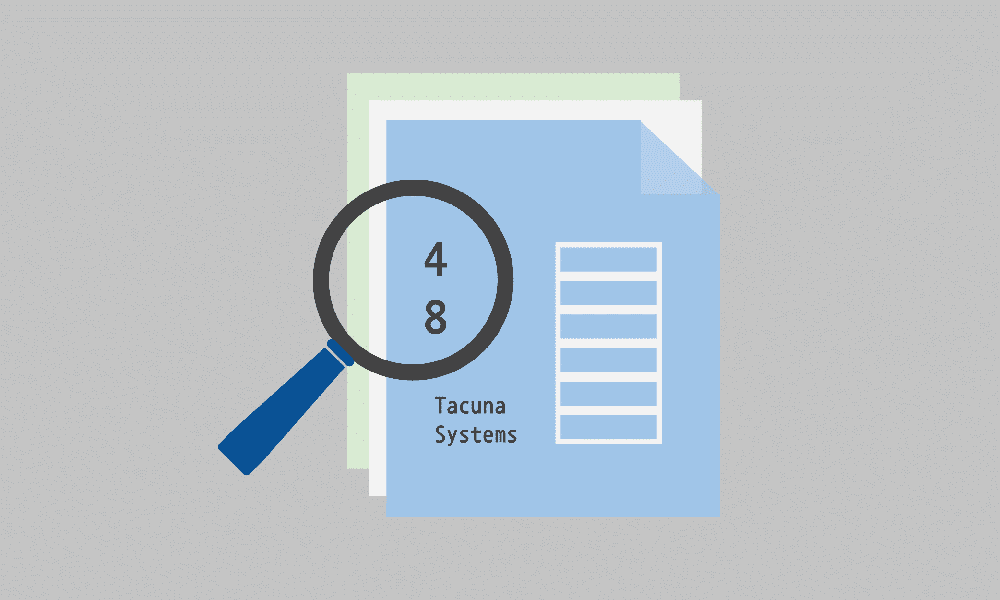
How to Read a Load Cell Data Sheet
Load cell specifications generally cover three things: (1) what output voltage can you expect for a given load, (2) how much error can you expect for a given output and (3) how to safely operate the load cell. This article explains some of the most common load cell manufacturer's specifications.

Choosing the Right Load Cell for Your Job
Choosing the right load cell is critical to obtaining high-quality, accurate readings. Here, we explain the best choice based on application, physical space, orientation, durability, environmental factors, and required signal outputs.



